Dahu
A hiking shoe for a controlled prosthetic foot response. Thanks to an air chamber that acts as a dampener, the user has more control over the foot when walking downhill.
The Graduation project was developed within VanBerlo design agency and executed for Gyromotics.
Click here to access the graduation report.







Previous
Next
The objective of the project was to give to individuals with lower limb amputations the possibility to hike safely and effortless.
User researchThe initial user research enabled me to understand the problems and challenges the user encounters when hiking. User observationUser testsInterview with Andrea LanfriAndrea Lanfri is a bilateral amputee who succeded climbing Mount Everest in June 2022Walking downhill“ The most challenging thing is keeping control over the prosthesis when walking downhill. You do have small support on the heel and you have the feeling you don’t have enough traction. ”Reliable solutions“I really like simple and reliable solutions. I do use ossurPro Flex XC for hiking, with a cover and hiking shoes on top of it. I wouldn’t use a microprocessor prosthesis since I know I would break them quickly.”
Previous
Next
When walking on trails, multiple challanges are ecountered, but the most critical is walking downhill. The propulsion genereated by prosthetic foot makes it hard to control it and the user gets tired quickly.
Two modes springTo change from dowhil to uphill mode
Pneumatic effectTo slow down the foot response
Bistable mechanismCombining virtual ankle and the 2 modes concept
Pneumatic effectSelected concept
Previous
Next
Previous
Next
Previous
Next
Previous
Next
Oasis
A system designed for blood drives non-invasive screening: by guiding safely blood donors through a smooth, hygienic and dynamic experience, it educates and encourages them to become regular donors while reducing the staff’s workload (logistics, assistance, cleaning).










Previous
Next
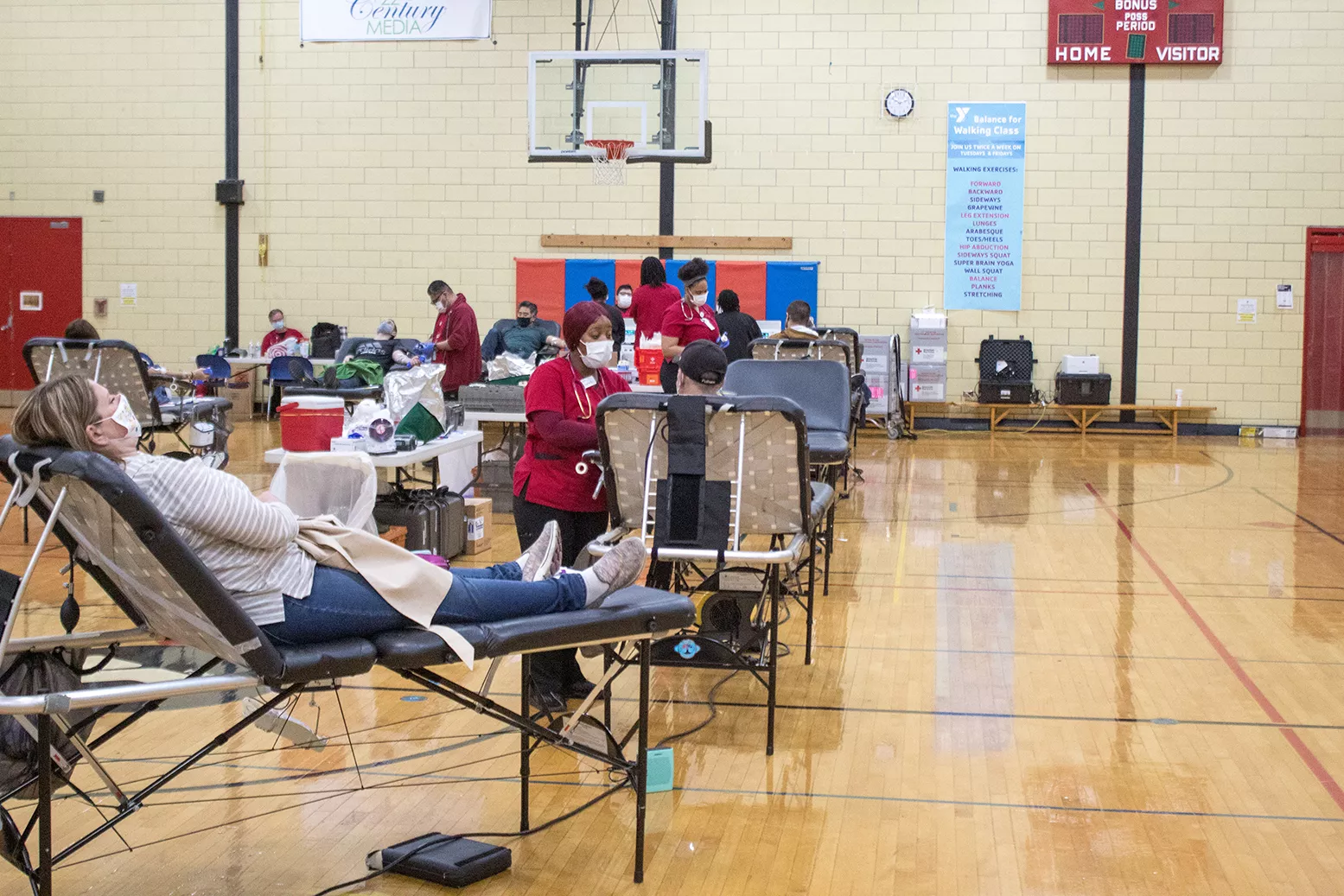 To reach out to a bigger segment of the population, US blood collecting organizations set up what it’s called Blood Drives. They drive to isolated places and set up gyms, hotels, and schools with all the facilities needed to collect blood. Besides the logistic challenges encountered to mount and dismount a blood drive, the staff needs to follow up with the donors through many different stages. The logistic complexity may slow down the process and therefore reduce the amount of blood collected.
To reach out to a bigger segment of the population, US blood collecting organizations set up what it’s called Blood Drives. They drive to isolated places and set up gyms, hotels, and schools with all the facilities needed to collect blood. Besides the logistic challenges encountered to mount and dismount a blood drive, the staff needs to follow up with the donors through many different stages. The logistic complexity may slow down the process and therefore reduce the amount of blood collected.
Previous
Next
Previous
Next
ResQtec
A lighter hand-operated tool for rescueing people in emergency situations.
VanBerlo supported ResQtec in the designing of the tools collection. For an internal TopOp masterclass, I used this project as a use case.
Here you can find the TopOp masterclass presentation

 ResQtec is a company based in The Netherlands developing a series of tools for rescuing people. These tools are hand-operated, which means that any gram saved brings much better maneuverability.
ResQtec is a company based in The Netherlands developing a series of tools for rescuing people. These tools are hand-operated, which means that any gram saved brings much better maneuverability.
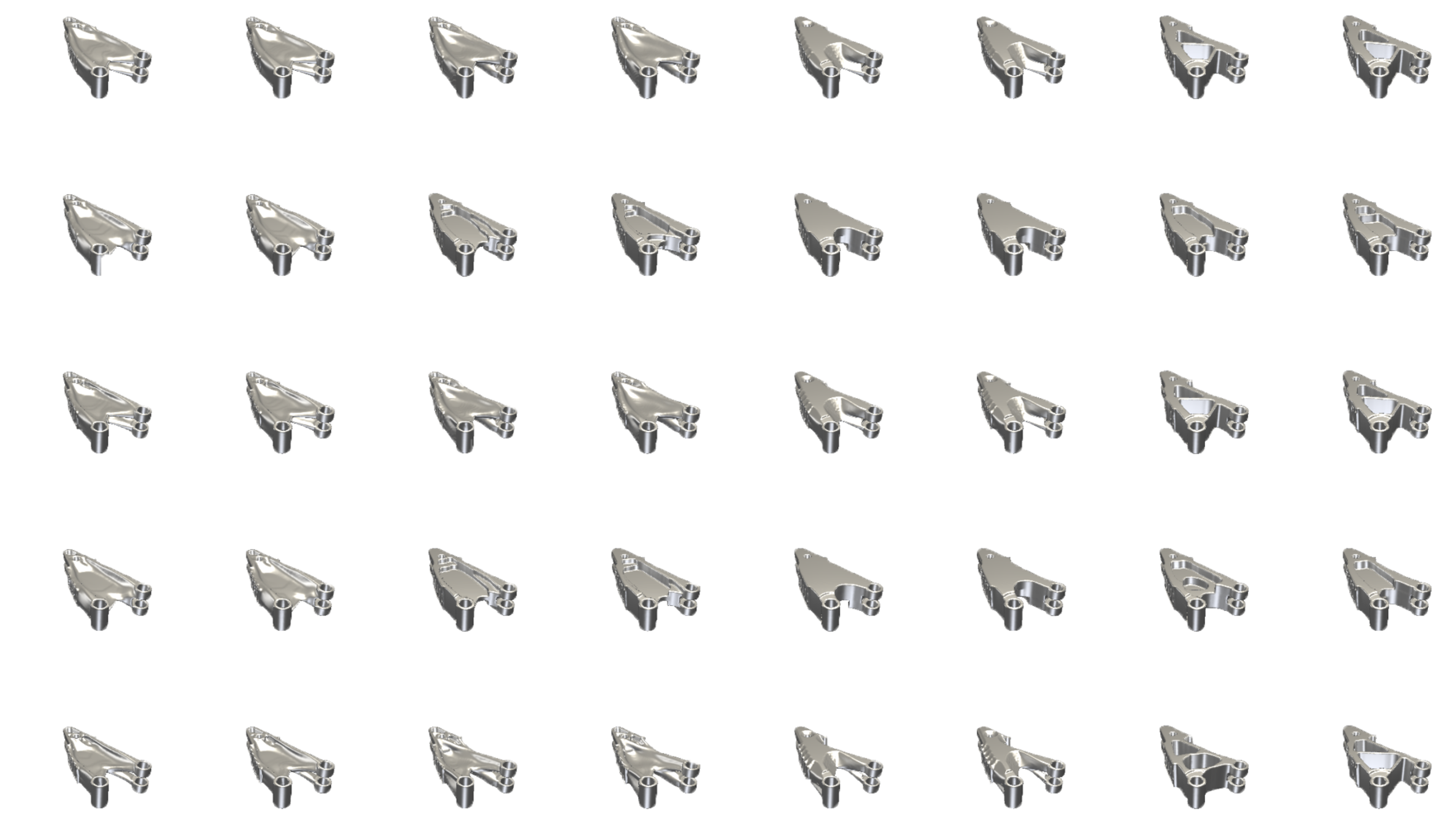 Topology optimization is a mathematical approach based on FEM analysis and genetic algorithms. By removing materials in areas where there’s no stress, it enables to generate optimal shapes in terms of lightness and stiffness. In addition multiple materials and and munfacturing processes as inputs.
Topology optimization is a mathematical approach based on FEM analysis and genetic algorithms. By removing materials in areas where there’s no stress, it enables to generate optimal shapes in terms of lightness and stiffness. In addition multiple materials and and munfacturing processes as inputs.
Previous
Next
M3Dprint
A 3D printer designed to fit within hospitals.







Previous
Next
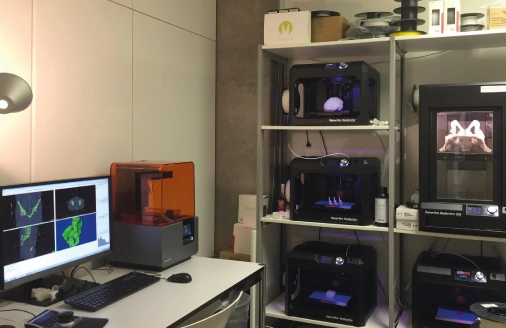 Thanks to segmentation, MRI or CT scans can be turned into 3D models that can be later printed. This brings to several opportunities: Before the operation, surgeons can observe the physical 3D models to have a better idea on how to proceed in order to minimize possible mistakes or use the models to clearly illustrate the pathology to the patient and how he will be able to lead its surgery, or finally, once the surgery is done, the anatomic model can be kept by the patient or be sent to medical universities in order to turn into an educational tool. The market lacks hospital-specific FDM printers that address the specificity of the context.
Thanks to segmentation, MRI or CT scans can be turned into 3D models that can be later printed. This brings to several opportunities: Before the operation, surgeons can observe the physical 3D models to have a better idea on how to proceed in order to minimize possible mistakes or use the models to clearly illustrate the pathology to the patient and how he will be able to lead its surgery, or finally, once the surgery is done, the anatomic model can be kept by the patient or be sent to medical universities in order to turn into an educational tool. The market lacks hospital-specific FDM printers that address the specificity of the context.

M3Dprint is designed around the build volume, which is based on the body parts measurements and its 340 x 220 x 200 mm. The printer was designed to be as narrow as possible, allowing one to stack them one next to each other on a single table. The front accessibility to the machine facilitates user interaction.
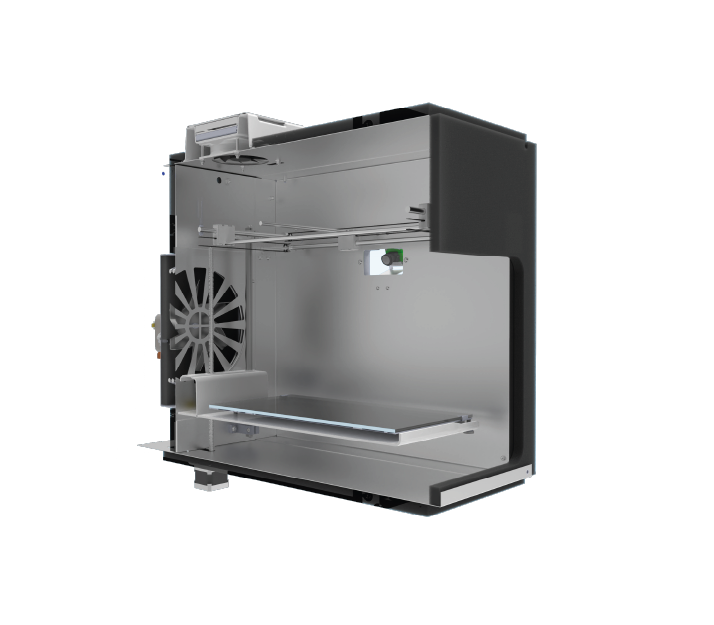
- Air quality within the hospital is guaranteed thanks to the HEPA filter positioned on top.
- The build chamber is covered by a sound-absorbing foam, which makes the machine silent.
- The build chamber is heated up, ensuring maximum printing quality.
- The camera allows to track the printing status.
Proteo
An ecosystem that adapts to the organizations’ needs.






Previous
Next
 Organizations are evolving into more fluid and non-hierarchical structures and there’s a growing need of a an agile and responsive work-place.
Organizations are evolving into more fluid and non-hierarchical structures and there’s a growing need of a an agile and responsive work-place.

Proteo is a modular ecosystem composed of a table, a space division element, and a charger column. These three together allow to create different types of configurations that facilitate every type of work, from circular setup to the focus area.
The light positioned over the table follows the user at any moment of the day giving the possibility to configure it in reading, focus pr collaborative mode.
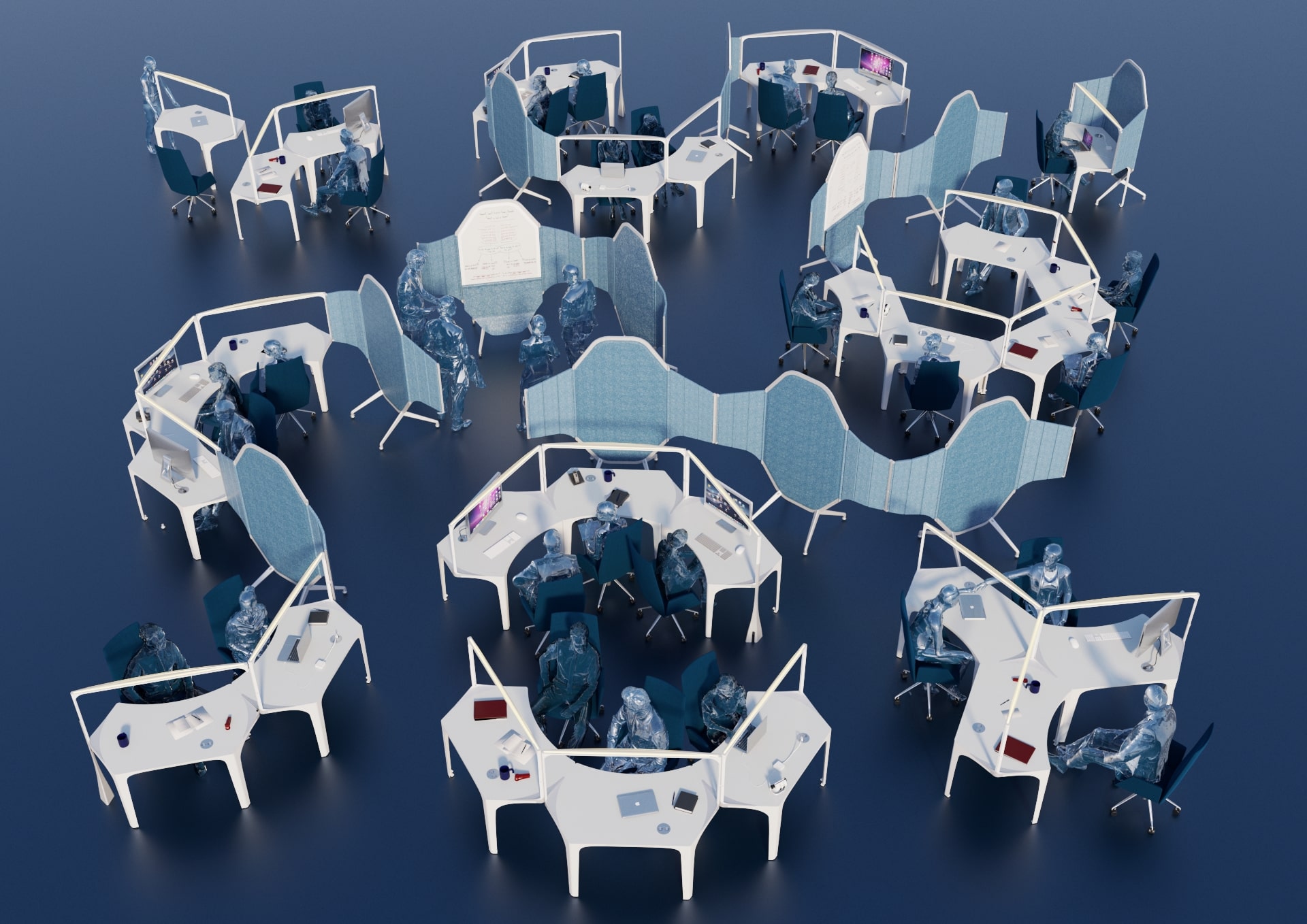
Proteo enables freedom in configuring spaces following the needs of teal organizations.